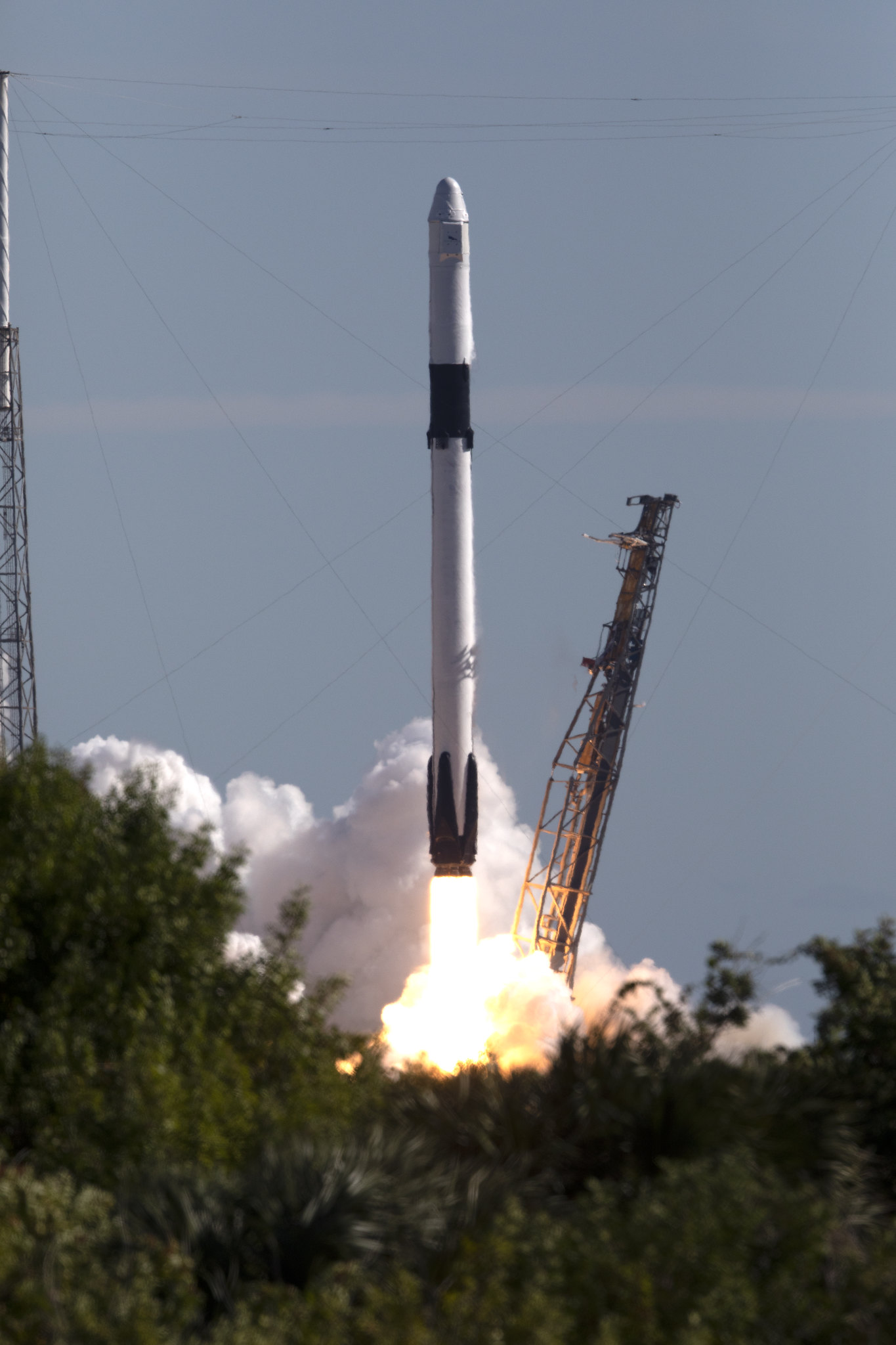
SpaceX will shortly be launching another resupply mission to the International Space Station (ISS).
The SpaceX launch is scheduled to take place at 4:21 a.m. EDT on Tuesday, April 30. This will mark SpaceX’s 17th mission as part of the NASA Commercial Resupply Services contract, under which SpaceX delivers food, scientific equipment, and other supplies to the ISS.
The launch will make use of a Dragon reusable spacecraft, launched by a Falcon 9 launch vehicle. The Dragon is reusable in that components used to form the capsule, like the hull, thrusters, propellant tanks, and other structural elements, can be used for multiple launches. Other parts of the capsule, like the heat shield and batteries, must be replaced for each launch.
SpaceX is in the public eye for less than positive reasons lately, as a possible explosion of their new Crew Dragon capsule occurred during testing last week. But this shouldn’t affect the launch of the Dragon spacecraft, which is different from the new Crew Dragon capsule.
The Dragon craft will carry equipment to enable more scientific experiments aboard the ISS, including NASA’s Orbiting Carbon Observatory 3 (OCO-3) and Space Test Program-Houston 6 (STP-H6). The OCO-3 is for measuring and mapping the levels of carbon dioxide on our planet from space, which is important for understanding carbon’s role in climate change. The STP-H6 is a system for tracking and space communications. It uses X-rays instead of the radio wave frequencies which are typically used for communications, generating beams of X-rays which are modulated by an ultraviolet light-emitting diode (LED).
The journey to the ISS will take two days, and on its arrival the craft will be grabbed by the ISS’s robotic arm, controlled by Canadian Space Agency astronaut David Saint-Jacques. Once the craft has been captured, it will be installed at the bottom of the ISS module Harmony.
If you want to watch the launch, live coverage will be available through NASA TV starting on Monday. The relevant events are as follows (all times EDT):
Monday, April 29:
- 10:30 a.m. — SpaceX CRS-17 What’s On Board Briefing
- 1 p.m. — SpaceX CRS-17 Pre-Launch News Conference
Tuesday, April 30:
- 4 a.m. — Coverage of the Launch of the SpaceX CRS-17 Dragon Cargo Craft Mission to the International Space Station
- 5:30 a.m. — SpaceX CRS-17 Post-Launch News Conference (time subject to change)



